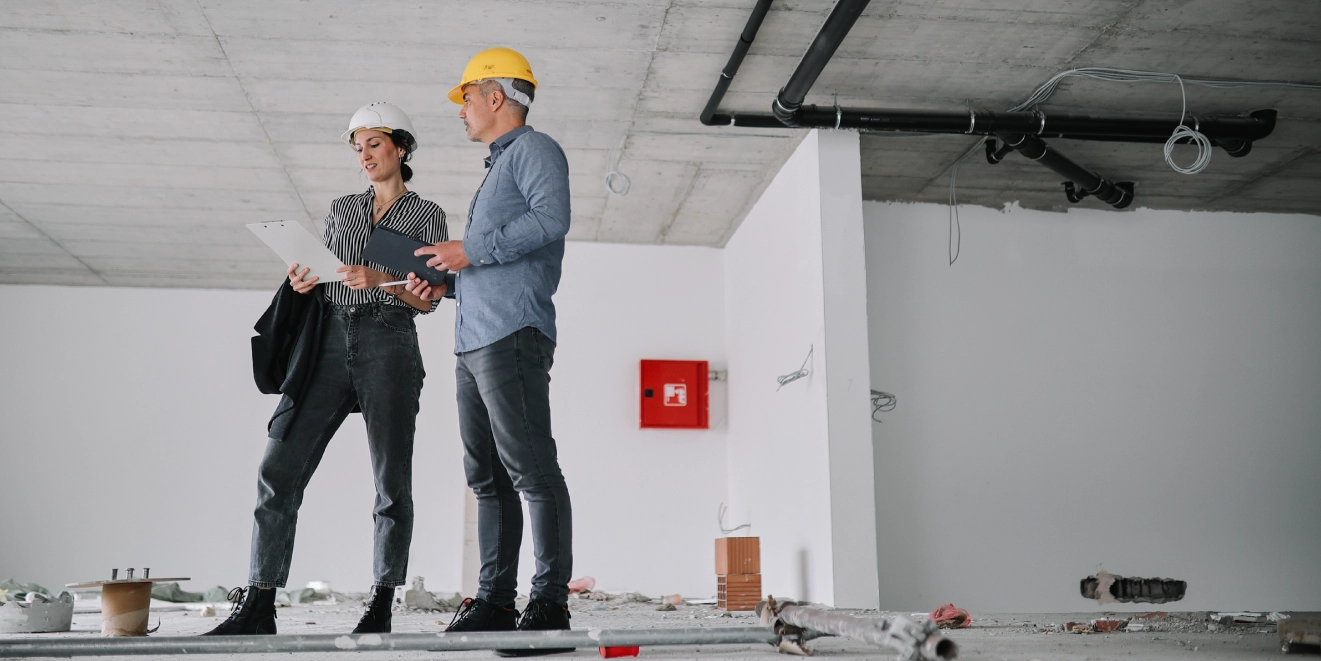
Adaptive reuse revolution: Transforming commercial spaces into multifamily solutions
New York City is planning on spending the next decade turning 64 vacant office buildings into 20,000 apartment units, as the beginning of 2024 in the US saw office vacancies rise to nearly 20% while an already critical housing deficit saw a shortage of over 4 million units.
But these renovations aren’t just popping up in the Big Apple. Since 2022, the US real estate market has seen a 96% increase in adaptive reuse projects, and this is being supported by the US government at the federal and state levels, who have created guides and incentives for the adaptive reuse of commercial spaces into multifamily units.
What is adaptive reuse?
Also known as recycling and conversion, adaptive reuse is the repurposing of an existing building for a means other than which it was originally built or designed for - for example, converting an old hotel into an apartment building.
Adaptive reuse facts: Types of buildings and top markets
Top 10 cities for future apartment conversions:
Los Angeles
Manhattan
Chicago
Philadelphia
Washington, D.C.
Dallas
Cleveland
Baltimore
Detroit
Kansas City
Types of building converted

Key benefits of adaptive reuse
Time
As the saying goes, "time is money," and this is especially true when it comes to property development and management where getting a tenant in as quickly as possible is crucial. Don't want to wait for your new build? Good news — while new developments usually take 4-5 years, conversion projects average just 2.5 years, including the permitting phase.
Money
Save yourself valuable CapEx. New builds in New York City generally cost US$600-700 per square foot, while a conversion is closer to US$300-400 per square foot. Across the board, reports show that on average adaptive reuse typically cost 16% less than new build projects. Operating costs are improved as well, thanks to apartment vacancy rates being half of average office vacancy rates.
There is also the economic impact of adaptive reuse. Adaptive reuse can significantly impact local economies and property values by revitalizing the appeal of the neighbourhood, creating jobs, and increasing property values which go on to generate tax revenue which can then be invested back into the city.
Sustainability
As climate change escalates, so do the pressures on carbon heavy industries to curb their emissions. Building operations account for 29% of the U.S' carbon footprint while the construction industry is responsible for 35% of all greenhouse gas emissions in the USA. As a result, the real estate sector has major reduction targets that they must meet.
Reduce, reuse, recycle. Studies show that repurposing an existing building produces 50-70% less emissions than new builds. This can make your building stand out and attract tenants - 60% of renters are actively seeking environmentally friendly apartments and 17% say they wouldn't rent an apartment that doesn’t embrace sustainable practices.

The percentage of less emissions from adaptive reuse in comparison to new builds.
The amount of renters actively seeking sustainable apartment living
The amount of tenants that wouldn’t rent an apartment without sustainable practices

Meeting these goals has been made easier with the 2022 Inflation Reduction Act, which offers climate-focused funding that can be used for commercial to residential conversions. This can help buildings achieve zero emissions through necessary upgrades like new plumbing, insulation, HVAC, and building automation solutions.
Conclusion
Adaptive reuse is a groundbreaking approach to solving the twin challenges of commercial vacancies and housing shortages while driving economic growth and promoting environmental sustainability. By converting existing structures into multifamily units, we can breathe new life into our cities and create vibrant, sustainable communities.








